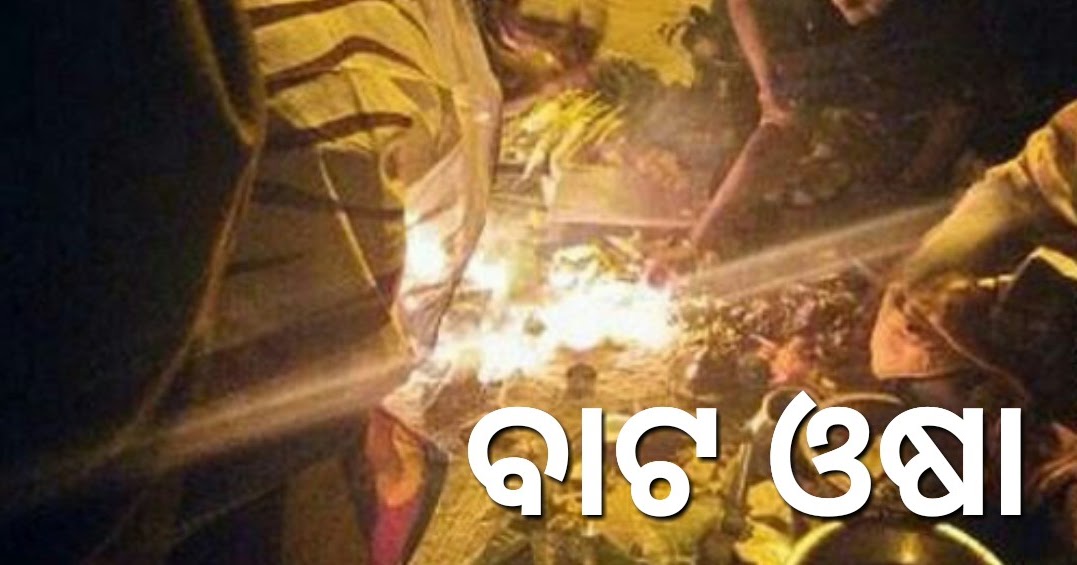🚩 Pahandi: The Divine Procession of Rath Yatra at Jagannath Mandir
The Pahandi procession at Jagannath Mandir, Thyagraj Nagar, Delhi, is a spiritually rich and visually spectacular part of the Rath Yatra festival. Known as Pahandi Bije, this divine march involves the ceremonial movement of Lord Jagannath, Lord Balabhadra, and Goddess Subhadra from the sanctum to their grand chariots amid chants, music, and immense devotion.
📖 Mythological and Spiritual Significance
The Pahandi ritual is more than a procession—it’s the divine moment when God comes to meet the people. In ancient scriptures, this represents the Lord’s compassion and willingness to descend from his divine abode to bless humanity. It marks the beginning of Rath Yatra and invites devotees into a deeper, more personal connection with Lord Jagannath.
🔱 Rituals and Procedures of Pahandi
✨ 1. Adorning the Deities
The idols of Lord Jagannath, Lord Balabhadra, and Goddess Subhadra are dressed in vibrant clothes and floral ornaments. Each deity is adorned with utmost care, symbolizing divine royalty.
🎶 2. Chants, Drums, and Devotion
As the temple doors open, the air fills with the sound of mridangams, cymbals, conch shells, and the chant of “Jai Jagannath!” The rhythmic beats create a trance-like atmosphere of devotion.
🌀 3. Lord Sudarshana Leads
The procession begins with Lord Sudarshana, the divine disc of Lord Vishnu, who is carried out first and placed on the chariot. His movement initiates the sacred journey.
🪵 4. Swaying Steps of the Lords
Each deity is carried out using thick silken ropes and wooden platforms, supported by servitors. The gods sway gently—symbolizing their playful reluctance to leave the temple, yet their eagerness to meet devotees.
🛕 5. Journey to the Chariots
The deities pass the Snana Mandap and are ceremoniously brought to their respective chariots—Taladhwaja (Balabhadra), Darpadalana (Subhadra), and Nandighosa (Jagannath).
🧎♂️ 6. Devotee Participation
Hundreds of temple servitors, priests, and devotees participate with immense enthusiasm. The synchronized movement of the deities, the devotional energy, and the roar of the crowd create an unforgettable spiritual experience.
🎨 Cultural Importance
The Pahandi ritual in Delhi beautifully echoes the spiritual grandeur of Puri. It serves as a living cultural expression that blends faith, music, devotion, and community participation. It draws families, youth, and spiritual seekers who wish to witness the divine descending into the human realm.
🖼️ Suggested Image Alt Texts
-
Pahandi procession at Jagannath Mandir Thyagraj Nagar
-
Lord Jagannath being carried in Rath Yatra Delhi
-
Deity procession with devotional music and chants
❓ FAQs – Pahandi Procession at Jagannath Mandir
Q. What is Pahandi in Rath Yatra?
A. Pahandi is the ceremonial procession in which Lord Jagannath, Balabhadra, and Subhadra are carried from the temple to their chariots.
Q. When does the Pahandi ritual happen?
A. It happens just before the chariots are pulled, marking the beginning of the Rath Yatra.
Q. Can visitors attend the Pahandi procession in Delhi?
A. Yes, devotees are warmly welcome to witness this divine tradition at Shri Jagannath Mandir, Thyagraj Nagar.
Q. Why do the deities sway during the procession?
A. The swaying movement, or ‘Pahandi Gati’, symbolizes the Lords’ reluctance and grace as they step out to bless their devotees.
Q. What is the role of Sudarshana in Pahandi?
A. Lord Sudarshana leads the procession as the guardian and symbol of divine energy, and is the first to be placed on the chariots.
🌺 Conclusion
The Pahandi ritual at Jagannath Mandir, Thyagraj Nagar, is a divine drama where gods step down to embrace humanity. With sacred chants, vibrant music, and heartfelt devotion, this event is not just a ritual—it’s an experience of spiritual unity and eternal tradition. Be a part of it and feel the divine presence all around you. 🌿✨
📍 Location
-
Temple Address: Shri Jagannath Marg, Thyagraj Nagar, New Delhi – 110003
-
Entry Gates:
-
Pedestrian: Gate 1, Thyagraj Nagar Residential Colony
-
Vehicle: Gate 2, Near Tyagraj Stadium Gate No-1
-
- Google Map लिंक: Shri Jagannath Mandir Location
- फोन: +91-9319045850








